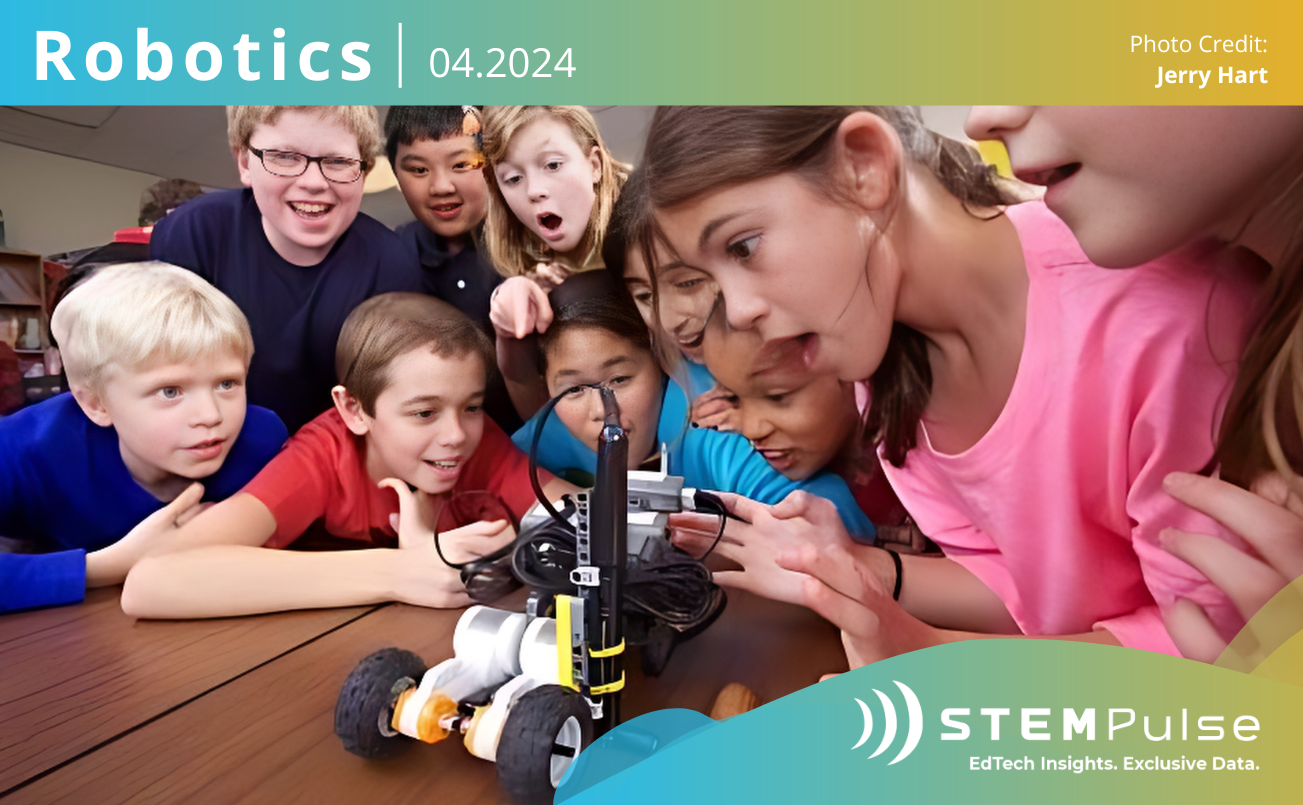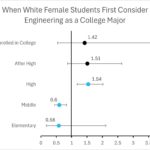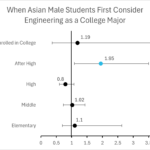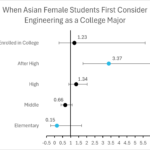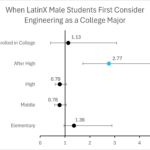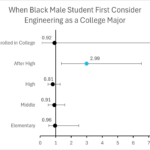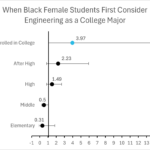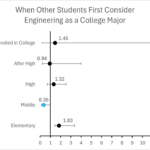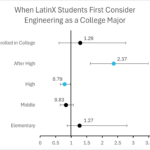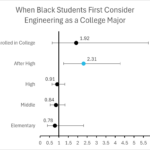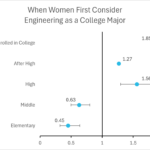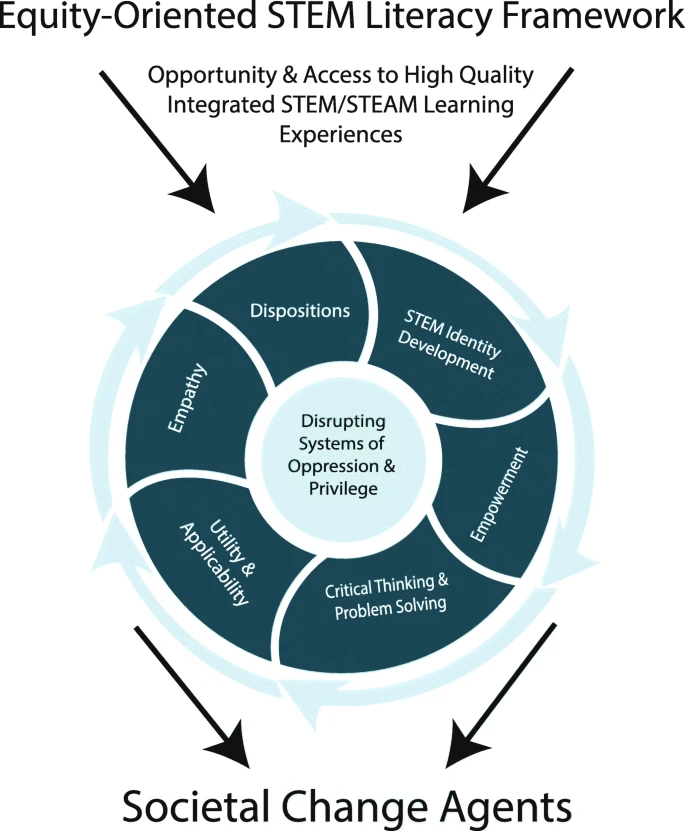Uncovering the "Why Robotics" for EdTech Developers
As a STEM product developer, you may ask yourself, “Does the STEM market need another robot?” Your C-suite might ask. Your customers are definitely asking.
We’ve gathered research (so you don’t have to) to illuminate the robotics education market, current trends, and the likely future of these products. Along the way, we’ve posed some questions to help you determine whether adding a robotics component makes sense for your product lineup.
Let's Start With "Why"
Preparing students for college and careers has never been more focused on technology than it is right now. Robotics provides hands-on experience applying theoretical concepts in STEM, engages students universally, and significantly boosts their problem-solving skills and creativity (Darmawansah et al., 2023), making it one of the most effective tools for teaching important life skills that students need, no matter what field they find themselves in.
Extending this, robotics is likely critical to preparing the next generation. In The Future of Jobs Report 2023, The World Economic Forum listed robotics engineering among the top 10 fastest-growing jobs. In fact, all jobs listed require employees to use computational thinking, problem-solving, and data analysis to succeed in future employment.
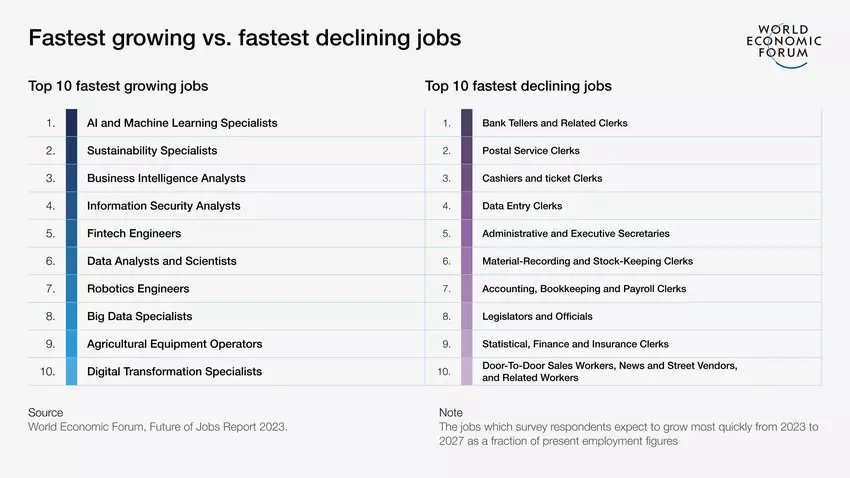
(World Economic Forum, 2023)
Robotics plays a critical role in preparing students for the jobs of tomorrow.
Let’s look at the evolution of robotics and the definition of STEM literacy for background knowledge. Then, we’ll dive into the three most important reasons to incorporate robotics as early as elementary school:
Early exposure to robotics, as part of a robust STEM program, creates a ripple effect on student achievement, engineering design aptitude, and computational thinking.
Robotics captivates students from diverse backgrounds and serves as a gateway to advanced STEM learning, which in turn boosts graduation rates and prepares them for post-secondary education and careers.
Reaching historically underrepresented populations in STEM means creating a sense of belonging, that moment when a student thinks, “I fit here. I’m good at this. I can see myself working in this field.
Is the EdTech Robotics Market Saturated?
While the exact number of educational robotics products is hard to distill, researchers estimate the market is anticipated to expand at a compound annual growth rate (CAGR) of about 17%. (Educational Robot Market Size, Share, Industry Trends, Growth Report by 2033, 2024) This estimate suggests that the market will grow to about two billion dollars (USD) in 2024, four billion dollars in 2028, and eight billion by 2032. (Educational Robot Market Size, Share, Trends | Forecast 2032, 2023)
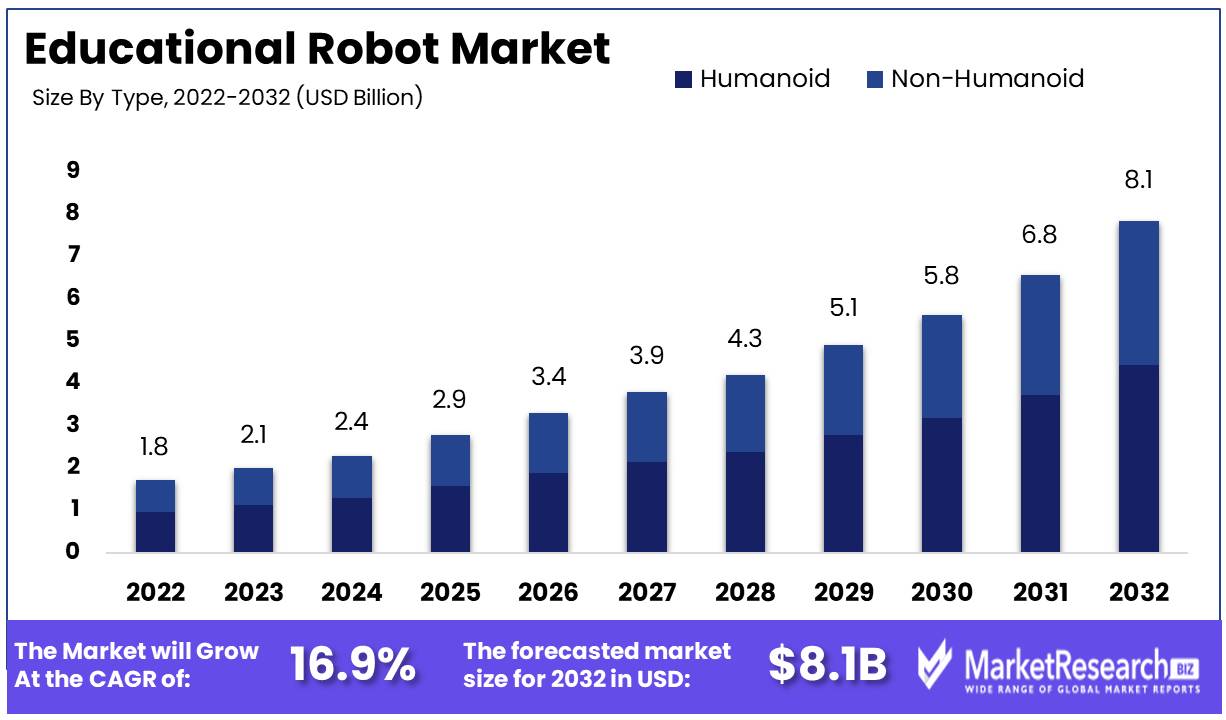
Additionally, the expansion of the market size and the volume of robotics course offerings being added in the k-12 and higher education space reflect a broader trend in the educational technology market toward products that integrate with smart devices and that offer interactive, engaging, and practical learning experiences with fewer barriers to entry for students from underrepresented minority populations (URM).
What Does That Mean for You?
With the market poised to grow significantly and data from a recent survey suggesting that only about 25% of educators worldwide have integrated robotics into their classroom practice as as of 2024 (Tajammul Pangarkar, 2024), it stands to reason that there is a potentially large untapped market in developing countries and within the URM community.
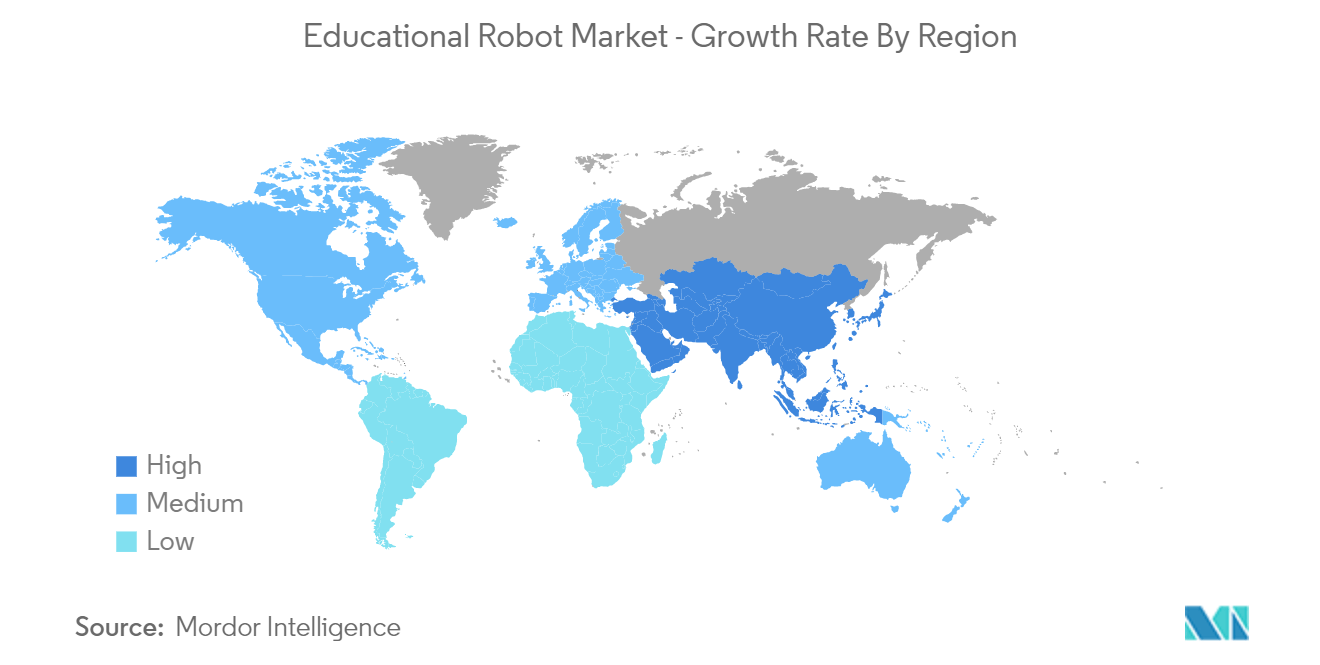
1. The Ripple Effect of Early STEM Exposure
The Data
Early exposure to integrated STEM programming enhances student achievement and interest in STEM fields, significantly impacting future academic growth and available career paths. When included in upper elementary and middle school curricula, these interactive and collaborative experiences often rekindle students’ engagement and investment at a pivotal period in their academic development when interest in conventional schooling declines. (Cohen, 2018)
Cohen’s research surrounding STEM exposure and academic interest is supported by several recent studies, including a 2023 meta-analysis of integrated STEM studies conducted by Danielle Thomas and Karen Larwin. Evidence from Thomas and Larwin’s meta-analysis emphasizes the benefit of early exposure to STEM is obvious, “with the average STEM student outperforming approximately 70% of their same-age, same-grade peers not participating in STEM programming.” (Thomas and Larwin, 2023)
Robotics and other STEM activities also foster the development of essential 21st-century skills. Problem-solving, critical thinking, creativity, collaboration, and digital literacy are just a few competencies students gain through engaging with STEM projects. These skills are universally applicable, transcending specific job roles to become fundamental to navigating the modern world. (Jackson et al., 2021) Early exposure to robotics can serve as a powerful equalizer, offering all students a platform to explore, learn, and grow.
(Wao et al., 2023) – Blue Points indicate statistically significant at 0.05 level
Robotics and other STEM activities also foster the development of essential 21st-century skills. Problem-solving, critical thinking, creativity, collaboration, and digital literacy are just a few competencies students gain through engaging with STEM projects. These skills are universally applicable, transcending specific job roles to become fundamental to navigating the modern world. (Jackson et al., 2021) Early exposure to robotics can serve as a powerful equalizer, offering all students a platform to explore, learn, and grow.
Challenges of Early Exposure
Despite the well-documented advantages of early STEM exposure for students of all backgrounds, the reality is that URM students are less likely to participate in or have access to these educational opportunities. This disparity does not appear to be due to a lack of interest among URM students, but rather to systemic barriers that disproportionately affect them. Factors contributing to this inequity include a lack of resources in schools predominantly attended by URM students, as well as cultural and socioeconomic factors that influence the availability of extracurricular STEM opportunities (Jackson et al., 2021) Moreover, possible biases in the recruitment or encouragement of students for advanced STEM programs exacerbate this issue.
Focus on Inclusivity
This highlights a larger underlying challenge. While the potential benefits of early STEM exposure are universal, the actual accessibility and participation rates underscore a stark picture of inequality, stressing the urgent need for targeted interventions and policies designed to bridge this gap and ensure that all students, regardless of their background, are provided access to formative STEM programming. Evidence suggests that improving representation within curricula offerings, integrating culturally responsive programming, and providing individualized supports and resources based on background, prior experience, and academic capital may mitigate the continued loss of URM students from secondary and postsecondary STEM education.
2. Robotics’ Impact on Graduation Rates and College Entrance
The Good News
The integration of robotics educational opportunities has significantly impacted student engagement and academic success, with remarkable implications for high school graduation rates and college enrollment statistics in STEM fields. Programs like the FIRST Robotics Competition not only have enhanced interpersonal skills, like teamwork and time management, among participants but also have been instrumental in guiding students’ career interests toward STEM disciplines.
In some cases, robotics teams have achieved a 100% high school graduation rate among members, showcasing the potent role these programs can play in supporting student success and bolstering academic interest. Furthermore, the transformative effect of robotics on the educational landscape is evident in the significant increase in college enrollment rates among team members, underlining the potential of robotics to inspire educational advancement and accessibility.
More Good News
Recent research emphasizes the critical role that social networks, such as robotics teams, clubs, and other organizations, play in steering women and URM students toward engineering careers, typically during their high school years. This finding demonstrates the importance of targeted support and outreach during this pivotal period of academic development and career planning, particularly for these groups of students. Initiatives geared at including women and URM students in STEM communities can help counteract the delayed consideration of engineering careers in these groups, encouraging early engagement and interest in STEM pathways. (Wao et al., 2023)
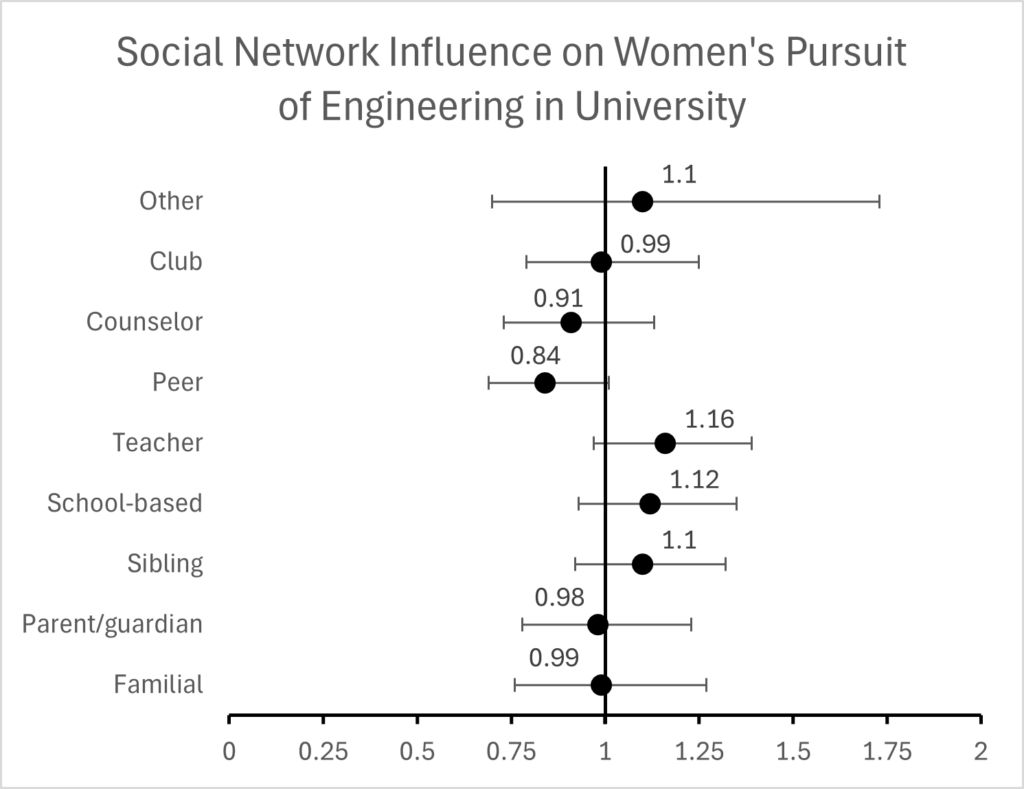
(Wao et al., 2023)
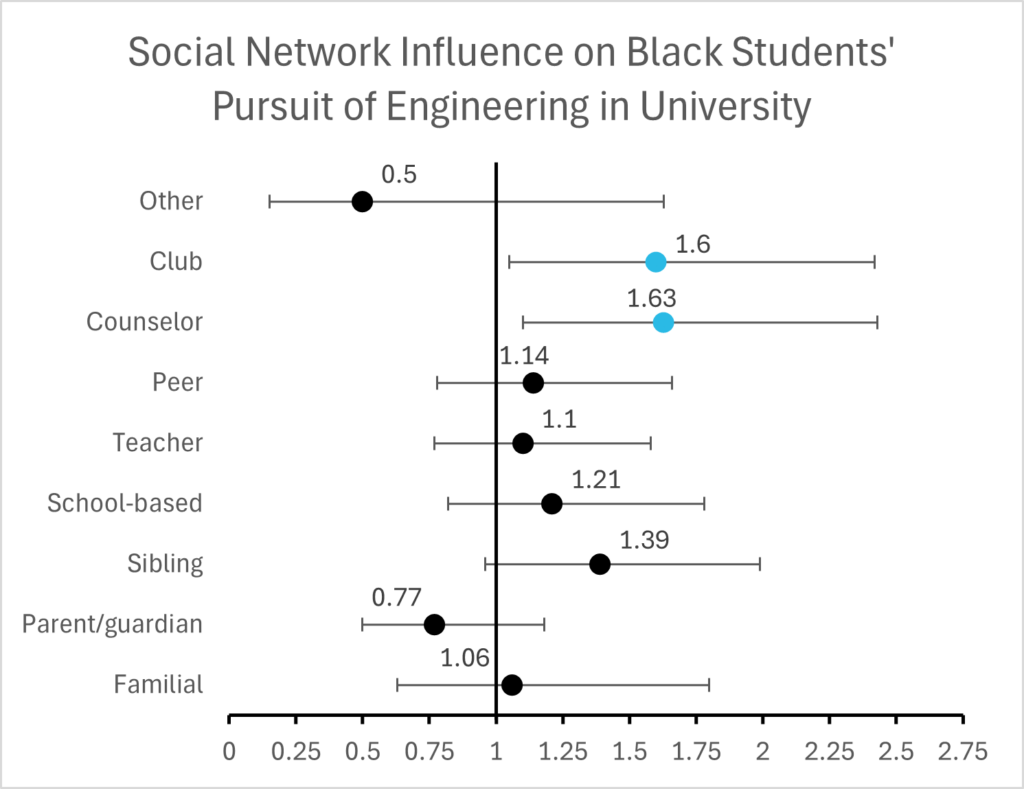
(Wao et al., 2023) – Blue Points indicate statistically significant at 0.05 level
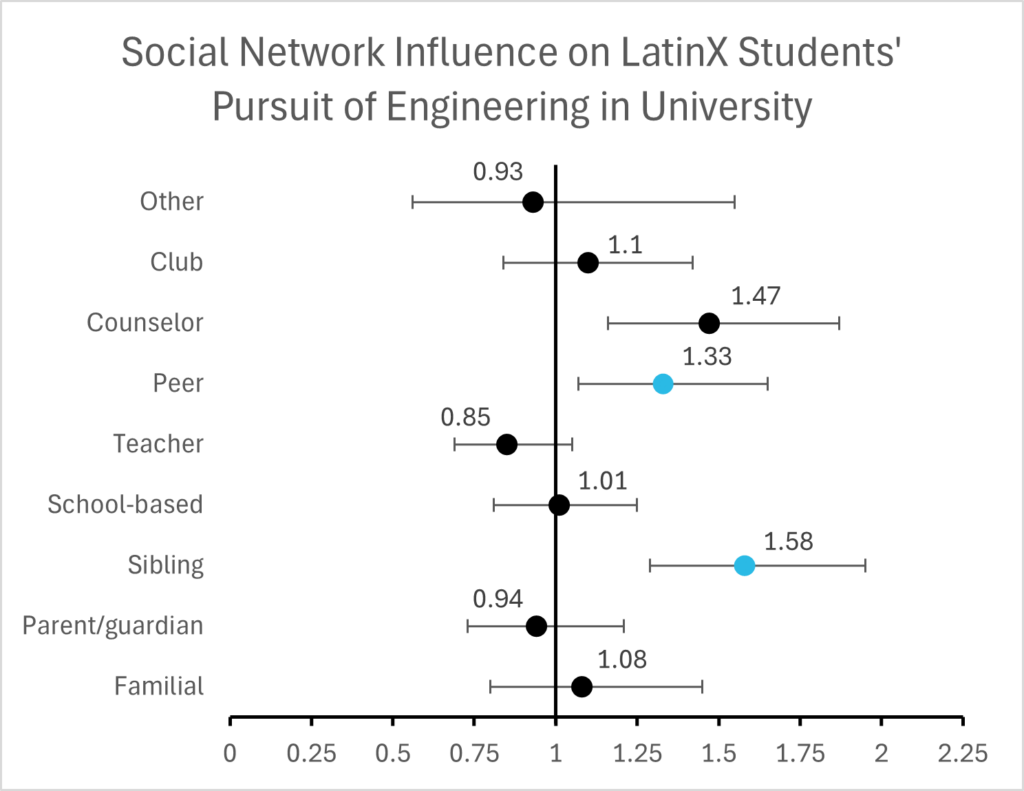
(Wao et al., 2023) – Blue Points indicate statistically significant at 0.05 level
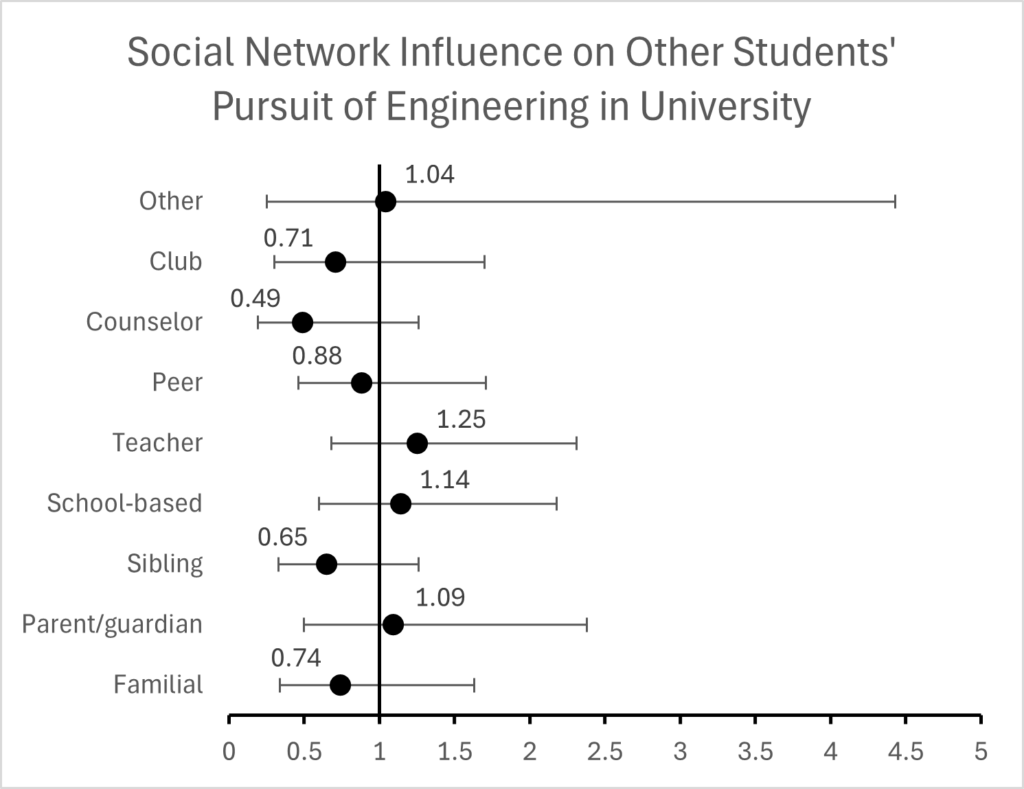
(Wao et al., 2023)
A Critical Gap
A 2023 comparative study by Chien et al., focused on the learning outcomes of high school and college first-year students participating in a battle bot design project, uncovered a fundamental disconnect between what students were expected to know by the time they entered college or university and what they had actually learned.
The study also found that the college first-year students were more proficient with engineering design tools, enabling them to show greater levels of creativity; however, both groups of students showed parallel reflections on engineering design. This suggests that STEM-centric skills, like iterative design thinking, prototyping, and testing, are built and honed over time, indicating that early and consistent exposure to STEM is critical for 21st-century skill development. This also indicates that high school students are capable of utilizing design tools and programs, which could enrich their engineering experience, further promoting interest in STEM-related career fields.
Finally, the data suggests that evaluating the current experiences of high school students in engineering and STEM courses may help to bridge the gap between expectations and ability when students begin college-level STEM coursework, ultimately leading to more appropriate and inclusive experiences for first-year college students.
3. Engagement Through Belonging
A Guide: The Equity-Oriented STEM Literacy Framework
The Equity-Oriented STEM Literacy Framework underscores the necessity of creating educational environments that foster inclusivity, support, and a sense of community, particularly for women and URM, for whom a sense of community is crucial for nurturing a sustained interest in STEM. (Dost, 2023), (Jackson et al., 2021) Robotics education, by its very nature, offers an inclusive and collaborative learning environment where students from diverse backgrounds can feel valued and supported.
Policies and practices that champion the principle of belonging, address systemic barriers, and actively promote diversity and inclusion (Dost, 2024), (Jackson et al., 2021) will be essential in empowering URM students to pursue STEM education and careers, ultimately creating a more diverse, robust, and innovative STEM workforce.
Turning Ideas into Action
This kind of transformative work calls for a collaborative effort to dismantle societal and cultural barriers. (Thomas and Larwin, 2023) This should include employing early warning systems to support at-risk students, integrating culturally relevant and responsive teaching practices, providing comprehensive programming that addresses academic and social-emotional needs, developing mentorship programs, creating curriculum materials that reflect student diversity, and implementing community-building activities.
Robotics’ Place in Today’s EdTech Market
The STEM Education Market
Today’s EdTech market is increasingly focused on developing robotics education products that are accessible and effective for a wide range of educational settings, students, and interests. Innovations in robotics are driving the creation of products that cater to the increased national adoption of Next Generation Science Standards (NGSS) and support diverse learning needs. (Darmawansah et al., 2023) The demand for these products underscores the importance of market research, competitor analysis, and educator feedback in shaping offerings that not only fill market gaps, but also enhance the learning and teaching experience in STEM education.
Where Does Robotics Fit In?
The robotics education market specifically is poised for a resurgence, driven by a growing recognition of the value of early STEM education and the need for products that support interactive, project-based learning. The rise of affordable and user-friendly robotics kits has lowered several critical barriers to access, allowing more schools and educational programs to incorporate robotics into their curricula. Additionally, the push towards inclusivity and diversity in STEM education has spurred the development of robotics programs and products designed to engage a broader demographic of students, including those from underrepresented backgrounds.
The Future of Robotics Education
As EdTech companies continue to incorporate new technologies like artificial intelligence (AI) and machine learning (ML) into robotics education, educators and administrators will be presented with new opportunities for personalized learning experiences that are increasingly user-friendly, adaptable, and flexible, potentially offering customized challenges and feedback that enhance learning outcomes.
Robotics: Wiring Students for the Future
The shift towards early robotics education reflects a broader transformation in the educational landscape, where engaging, hands-on learning experiences are increasingly valued by educators, students, institutions, and communities. By fostering a sense of belonging, addressing educational equity, and leveraging market insights to develop accessible robotics education products, educators and EdTech innovators can ensure that students are not only prepared for the STEM careers of the future but are also excited and motivated to pursue them. The future of STEM education is here, and robotics is leading the way.
Sources
Chien, YH., Liu, CY., Chan, SC. et al. Engineering design learning for high school and college first-year students in a STEM battlebot design project. IJ STEM Ed 10, 10 (2023). https://doi.org/10.1186/s40594-023-00403-0
Cohen, A. (2018, April 11). 5 Reasons STEM Career Programs Should Start in Middle School. EVERFI. https://everfi.com/blog/k-12/5-reasons-stem-career-training-start-middle-school/
Darmawansah, D., Hwang, GJ., Chen, MR.A. et al. Trends and research foci of robotics-based STEM education: a systematic review from diverse angles based on the technology-based learning model. IJ STEM Ed 10, 12 (2023). https://doi.org/10.1186/s40594-023-00400-3
Dost, G. Students’ perspectives on the ‘STEM belonging’ concept at A-level, undergraduate, and postgraduate levels: an examination of gender and ethnicity in student descriptions. IJ STEM Ed 11, 12 (2024). https://doi.org/10.1186/s40594-024-00472-9
Educational Robot Market Size, Share, Industry Trends, Growth Report By 2033. (2024). Thebusinessresearchcompany.com. https://www.thebusinessresearchcompany.com/report/educational-robot-global-market-report
Educational Robot Market Size, Share, Trends | Forecast 2032. (2023, August 18). MarketResearch.biz. https://marketresearch.biz/report/educational-robot-market/
Jackson, C., Mohr-Schroeder, M.J., Bush, S.B. et al. Equity-Oriented Conceptual Framework for K-12 STEM Literacy. IJ STEM Ed 8, 38 (2021). https://doi.org/10.1186/s40594-021-00294-z
Tajammul Pangarkar. (2024, January 30). Educational Robots Statistics: Great Learning Tech. Market Scoop. https://scoop.market.us/educational-robots-statistics/
Thomas, D.R., Larwin, K.H. (2023). A meta-analytic investigation of the impact of middle school STEM education: where are all the students of color? IJ STEM Ed 10, 43. https://doi.org/10.1186/s40594-023-00425-8
Wao, H., Kersaint, G., Smith, C.A.S. et al. Examining how social networks influence women and under-represented minority students’ pursuit of engineering in university: when, who, and how? IJ STEM Ed 10, 25 (2023). https://doi.org/10.1186/s40594-023-00415-w
World Economic Forum. (2023). Future of Jobs Report 2023. https://www3.weforum.org/docs/WEF_Future_of_Jobs_2023.pdf

